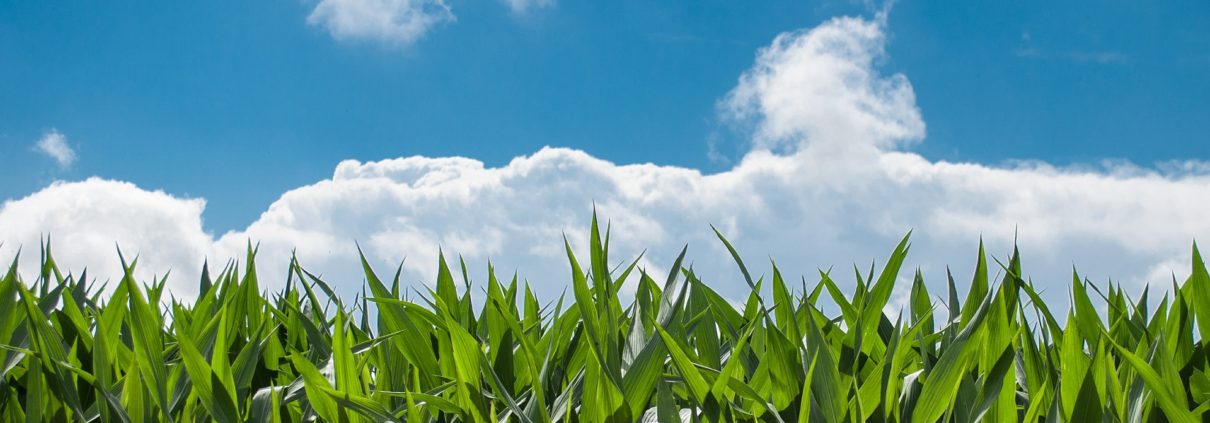Benefits and Drawbacks Of Different Types Of Land Investing
In articles about investing, “land investments” are often all lumped together, as if investing in a commercial property is the exact same as investing in a vineyard. There are many different types of land, and not every land type is right for every investor. Let’s take a look at the benefits and drawbacks of investing in some of the different types of land.
Disclaimer: There are more benefits and drawbacks to investing in a single land type than we could ever fit in a single article, so we are going to focus on some of the most important pros and cons of each land type.
Timberland

Pro: Less Risky Than Stocks
Historically, timberland has had much less risk and volatility than stocks, but timberland returns were similar to those of stocks.
“Over the last twenty years, according to the National Council of Real Estate Investment Fiduciaries, returns from timberland have been almost equal to returns from equity investments as measured by the S&P 500.” Said Bob King, ALC in his article The Basics of Timberland Investing.
Pro: Moves Against the Stock Market
Not only does timber have less volatility than stocks, timber historically moves countercyclical to other asset classes. That means even during bad markets where many other investments types take a dip, your portfolio will have a safety net.
Con: Timber Is Delicate
The elements can impact all types of land, but timber is especially susceptible to the elements. Pests, natural disasters, wildfires, and other forces of nature can have long-lasting impacts on the value of your land.
Con: A Pricy Down Payment
When timberland is priced as the “highest and best use”, often by sellers marketing their land towards people looking to build their second home, the price can skyrocket. The exact same property can double or triple if it is reclassified. The best thing you can do, is work with a land expert in your area to make sure you are paying the right price for your investment.
Vineyard

Pro: Quick Returns
If you invest in a vineyard that is already producing grapes, you will likely see a return on your investment quickly. In fact, vineyards are one of the land investment types to see the fastest return on investment (ROI).
Pro: Tax Advantages
From the immediate expensing of replacing diseased vines to tax breaks based off the depreciation of a trellis to cash-only accounting, vineyards are ripe with tax advantages.
Con: The Down Payment Might Be More Than You Think
Depending on where you buy, investing in vineyards might cost a pretty penny. In the past decade, wealthy buyers have started investing in vineyards, so the prices have skyrocketed up to over $400,000 an acre in some high demand areas.
Con: High Operating Costs
Vineyards can be very expensive to run, making it harder to turn a profit on smaller vineyards. If you are buying a vineyard that hasn’t started producing yet, it won’t produce a profit for at least the first two years, so that can add extra financial burden to an investor.
Farmland

Pro: Tax Breaks Based Off Of Depreciation
Similar to vineyards, farmland can also offer tax advantages to investors, as pointed out in the article How And Why To Invest In Farmland by Clayton Pilgrim, ALC.
“Many farms contain improvements that depreciate such as grain storage, irrigation pivots, shops, barns, etc.,” says Pilgrim. “An owner can depreciate some of these assets each year to offset yearly taxes.”
Pro: The Ability to Lease Out Farmland
Sharecropping or leasing your land can help bring in some extra income. It’s minimal effort on your end, and it brings in some extra cash.
Con: High Risk
There are many risk factors to take into consideration with farmland. The market is unpredictable and can change on a dime. And it’s not just the market – the weather, natural disasters, pests, and dozens of other factors out of your control can take a serious toll on your investment.
Vacant Land

Pro: The Freedom
The possibilities of what to do with vacant land are endless. You can transition the property to its highest and best use, hold the property until the value goes up, add solar panels or wind turbines, and more. The choice is yours!
Pro: More Affordable Than Developed Land
Since it often doesn’t come with structures, vacant land often has a lower price tag than other land types meaning the financial barrier to entry is usually a lot lower than other land types.
Con: Less Tax Advantages
Unlike some of the other land types on this list, vacant land doesn’t have much to offer when it comes to tax advantages.
Orchards

Pro: More Money Per Acre
Trees don’t need much space, so you can squeeze lots of trees onto your property to maxamize your returns.
Con: Time To Grow
There’s an old Chinese proverb that says “The best time to plant an orchard was twenty years ago. The second-best time is now”. The meaning behind it is if you want a successful future, but in the hard work now, but it can be taken literally. Trees are a slow grower, and can take three-to-six years to start producing money. If you are looking for quicker returns, consider investing in an orchard that is already producing.
Con: Fruit Rot
Fruit that falls from the trees needs to be picked up quickly or else you run the risk of fruit rot. Rotting fruit can impact the health of your trees and the land.
Recreational Land
Pro: Sentimental Value
It’s not as easy to have fun on timberland! Recreational land is an investment that you can enjoy with your family and friends.
Pro: Can Handle More Wear And Tear
Unlike other land types (we’re looking at you, orchards!), recreational land is hearty. It’s meant to handle foot traffic. If you don’t want to spend time fretting over the impact of people or weather, this might be the right investment for you.
Con: Animals (And People) Can Be Tricky
If your recreational land is used primarily for hunting, you’ll need to keep a close eye on the habits and health of the animals on your property. Attracting and keeping game on your property can take a lot of time and money.
It’s not just animals you need to worry about – poachers and trespassers can steal animals, destroy the animals’ habitats, and scare animals off your land. Be sure to have clearly marked signs and limit access points to reduce the risk of trespassers.
There are lots of benefits to land investing, regardless of land type. Tax advantages, diversifying your portfolio, and saving for retirement are all great reasons. No matter what land type you invest in, investing for your future is always a good idea.
About the Author: Laura Barker is a freelance writer based out of California for the REALTORS® Land Institute. She has been with RLI since October 2017.






